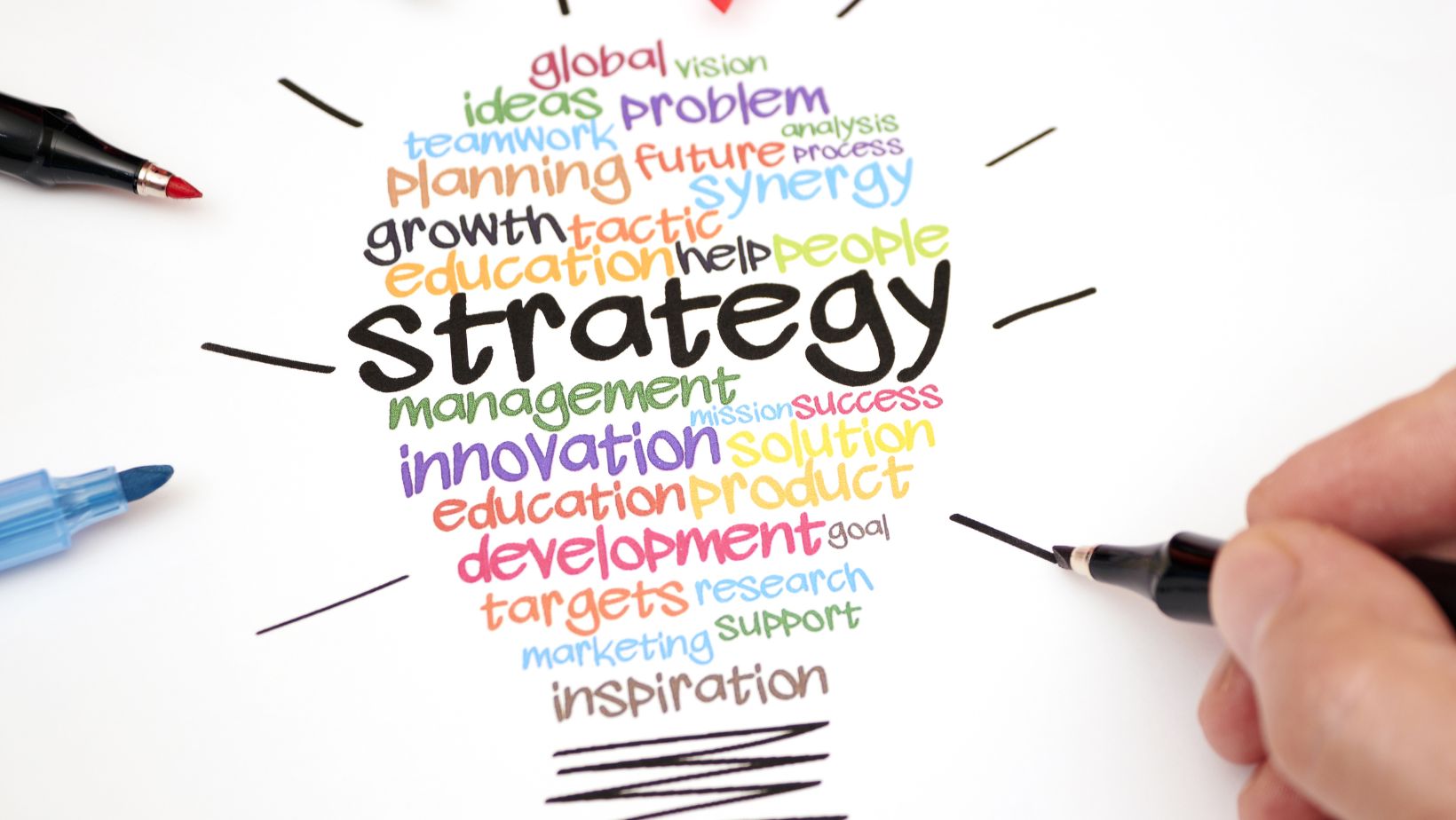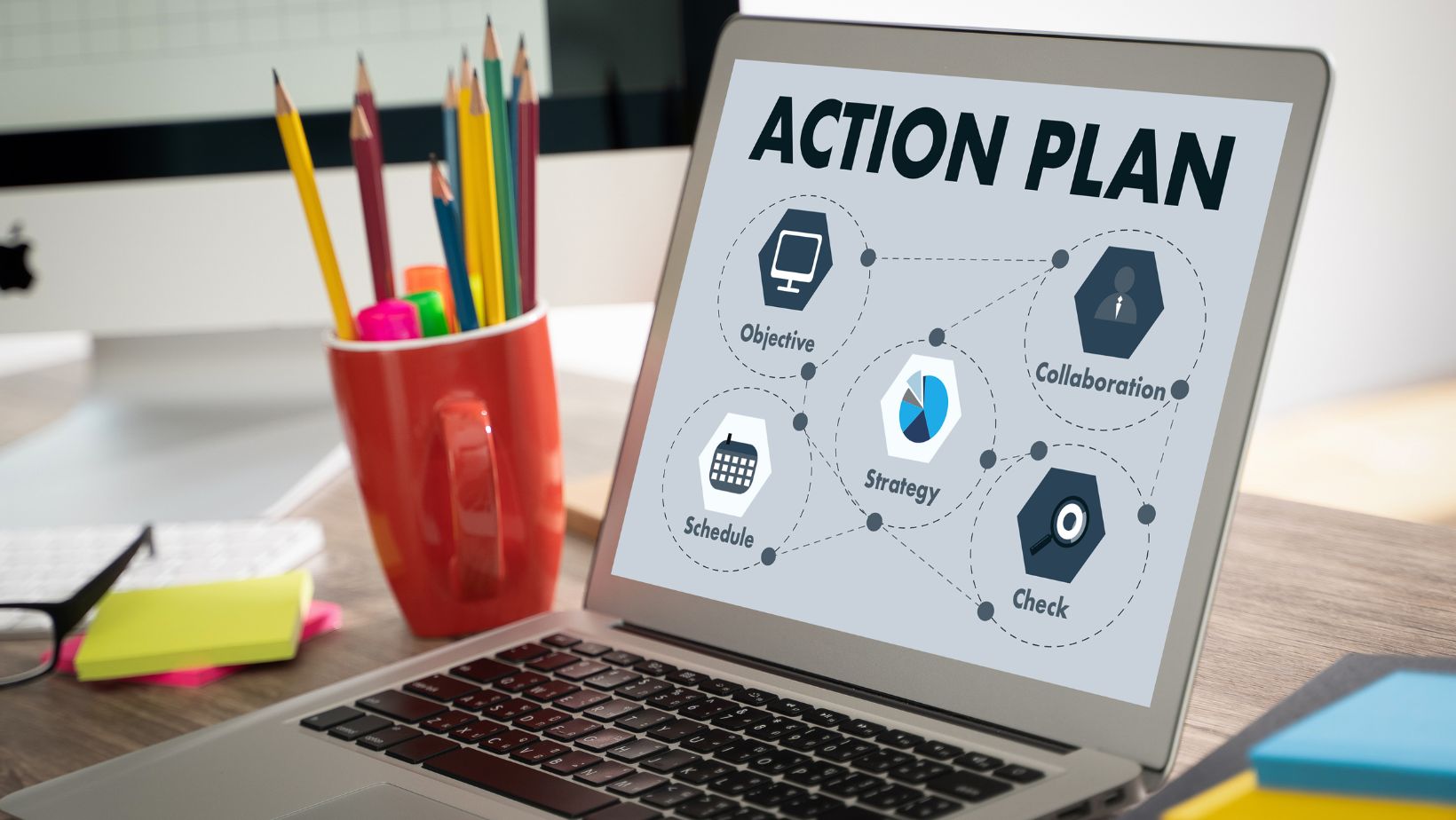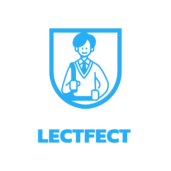When it comes to absorbing information effectively, visual learning play a crucial role in enhancing comprehension and retention. By leveraging visual aids such as graphs, charts, and diagrams, learners can grasp complex concepts more easily and make connections that resonate with them. These strategies not only cater to visual learners but also benefit individuals with diverse learning preferences.
Visual Learning Strategies
Definition and Key Concepts

Visual learning involves using visual aids such as graphs, charts, diagrams, and other visual representations to enhance learning. These strategies cater to individuals who learn better through visual stimuli. By presenting information in a visual format, learners can more easily comprehend complex concepts and retain information effectively. Visual learning is a powerful technique that helps individuals process information faster and improve their overall understanding of a subject.
Benefits of Visual Learning
Visual learning offers numerous benefits for learners of all ages and backgrounds. Some key advantages include:
- Enhanced Comprehension: Visual aids facilitate better understanding of complex concepts by providing clear and concise visual representations.
- Improved Retention: Visual strategies help individuals retain information more effectively by engaging both the visual and cognitive parts of the brain.
- Increased Engagement: Visual elements like diagrams and mind maps make learning more interactive and engaging, leading to higher levels of interest and motivation.
- Catering to Diverse Learning Styles: Visual learning caters to different learning preferences, ensuring that individuals with varied learning styles can benefit from this approach.
Overall, incorporating visual strategies into education and professional development can significantly enhance learning outcomes and ensure a more comprehensive understanding of the subject matter.
Techniques for Effective Visual Learning
Using Infographics and Charts

Utilizing infographics and charts is a powerful technique for enhancing visual learning. Infographics are visual representations of information that blend images, charts, and text to convey complex data in a simplified and engaging manner. Charts, on the other hand, such as pie charts, bar graphs, and flowcharts, help organize details and present them visually for better understanding. By incorporating infographics and charts into study materials or presentations, learners can grasp concepts more quickly and retain information effectively.
Incorporating Videos and Animations
Incorporating videos and animations into learning materials can significantly boost visual learning effectiveness. Videos offer dynamic visual and auditory stimulation, making complex topics more accessible and engaging. Animations, through their interactive and dynamic nature, can simplify abstract concepts and processes, enhancing conceptual understanding. Both videos and animations cater to visual learners by providing visual cues that aid in information retention and comprehension.
Implementing Visual Learning in Various Settings
In the Classroom
In educational settings, visual strategies are highly effective in improving student engagement and comprehension. Integrating visuals such as diagrams, illustrations, and educational videos can help students grasp complex concepts more easily. Teachers can use visual aids to supplement traditional teaching methods, making lessons more interactive and appealing to visual learners. By incorporating visual elements into their lesson plans, educators create a dynamic learning environment that caters to diverse learning styles.
In Corporate Training

Visual learning techniques are also valuable in corporate training programs. Businesses can enhance employee learning experiences by incorporating visual aids like presentations, infographics, and simulations. These tools help employees retain information better and apply their knowledge more effectively in the workplace. By using visual learning, organizations can streamline the training process, making it more engaging and accessible to employees with varying learning preferences. Visual elements in training materials can improve comprehension, leading to better skill acquisition and overall performance in the workplace.
Tools and Resources for Visual Learners
Visual learning offer a myriad of benefits, from enhanced retention to improved comprehension. By incorporating visual aids like infographics, charts, and videos, learners can simplify complex information and boost engagement. These techniques cater to different learning styles, making learning more accessible and stimulating. Whether in a classroom or a corporate training program, visual learning can revolutionize the way students and employees absorb information. By creating dynamic environments that embrace diverse learning preferences, educators and businesses can elevate learning experiences and drive better performance. Embracing visual learning is a powerful way to optimize learning outcomes and foster a culture of continuous improvement.

